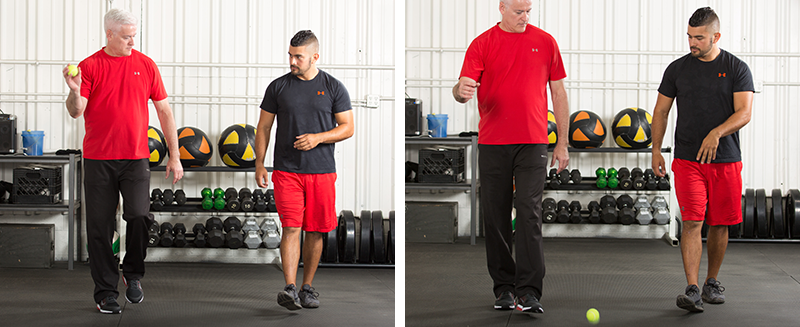Are you gearing up for a fun filled 4th of July weekend? Just because holidays like the 4th of July are typically centered around get togethers a cookouts, does not mean that you have to throw in the towel with healthy eating. There are a TON of healthy, cookout recipes that are just as delicious as the more, non-healthy options.
Here are some great, healthy recipes that will definitely be a crowd please at your 4th of July cookout this year!
Healthy Deviled Eggs
While deviled eggs are a go-to for a cookout menu, by making a small change to the filling, you can make them healthier without anyone knowing the difference! Simply add some cottage cheese to the filling in place of some egg yolk, and you have a protein-packed, delicious appetizer!

While deviled eggs are a go-to for a cookout menu, by making a small change to the filling, you can make them healthier without anyone knowing the difference! Simply add some cottage cheese to the filling in place of some egg yolk, and you have a protein-packed, delicious appetizer!
Grilled Pepper Salad
Simply throw some colorful pepper onto the grill with some balsamic, and you have a healthy, veggie-packed side dish for your cookout. This salad will be a great addition to some grilled chicken!

Simply throw some colorful pepper onto the grill with some balsamic, and you have a healthy, veggie-packed side dish for your cookout. This salad will be a great addition to some grilled chicken!
Red, White & Blue Popsicle
4th of July is the perfect time to make this healthy dessert due to all of the fresh berries that are in season! These will be sure to cool you off during the hot holiday, while still being fresh and healthy!

4th of July is the perfect time to make this healthy dessert due to all of the fresh berries that are in season! These will be sure to cool you off during the hot holiday, while still being fresh and healthy!




